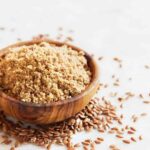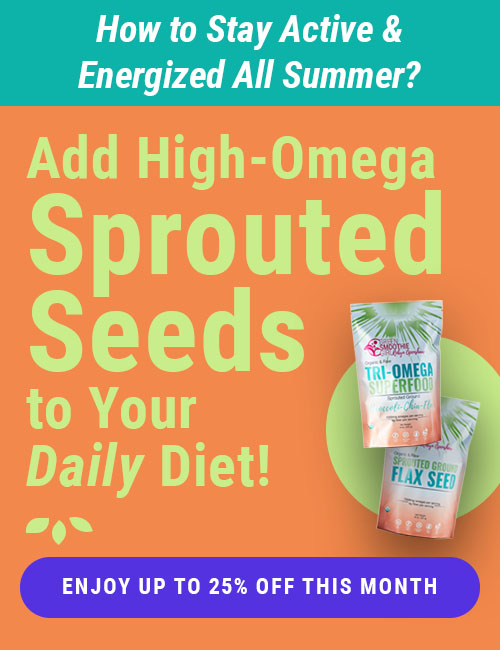The Extraordinary Science of Junk Food

I hope by the end, you’ve got chills down your spine that YOU get to opt out of this mess, if you act on the knowledge you have, while the rest of the Western World is headed into the sewer. (Hosea 4:6 comes to mind: “My people perish from a lack of knowledge.”)
Moss interviewed over 150 insiders to learn what exactly happens behind the scenes, at the companies who have had a pivotal role in shaping millions of obese and sick North Americans. (Literally shaping them.)
A picture emerges of how the food giants treat product development. They give the consumer what she wants. Not what’s good for her. They never have, and they never will. Occasionally a rogue employee raises a feeble cry for a token nod to nutrition—decreasing fat and sugar by 10 percent, or throwing in a few month-old baby carrots soaked in preservative into a packaged lunch product.

The makers of Prego gathered a mountain of data to find out that Americans want a ton of sugar, and a ton of salt, in their spaghetti sauce. So that’s just what we got! There’s more sugar in a half-cup of Prego sauce than there is in 2 Oreo cookies, plus it’s got one-third of the government’s limit on salt. (And it’s refined, toxic salt.)
Food-industry legend Howard Moskowitz looked for the “bliss point” for the consumer. That’s the sweet spot where they want to buy and eat the maximum amount of the food. Moskowitz bragged to reporter Michael Moss about how good he is at what he does, saying that in his job, he “didn’t have the luxury of being a moral creature.”
This is what you’ve entrusted your family’s diet to. Executives at Oscar Mayer, Philip Morris, Pillsbury, Kraft, Coca Cola whose entire goal is to sell more product, and make the product at lower cost.

Why would a product developer, who admits he doesn’t have the luxury of any morals, NOT use MSG, if given a choice?
The article discusses how the market delivered Lunchables. Market research determined that what mothers want is to spend ZERO time making food. So they put crackers, cheese, processed meat, and a lot of packaging together. (The impact on landfills alone is horrific.)
Then their sales went through the roof, when they made “Lunchables with Dessert.” Now your child can add a candy bar and a sugary drink like Capri Sun, or cola, or Kool-Aid. The idea is, “When in doubt, just add sugar.” They did try to put fresh carrots in the cardboard pack of food, but gave up because of weeks or months of transport and storage before the products end up in the store. They also tried lower-fat meats, but no one liked them and sales plummeted.
The imperative is, “Sell more, keep your jobs!” They know that our limbic brains love sugar, fat, and salt, so they formulate products to deliver.

What is sold on grocery store shelves is our own fault. We have mostly ourselves and our appetites, and the way we reward the junk-food industry, to blame. We buy $1 billion annually in Lunchables. Mothers want convenience, not effort. As one critic said, the most nutritious thing in a Lunchables is the napkin.
The article discusses how a former Frito Lay executive tried, in vain, to address the high salt, sugar, and fat in the products, and said, “I feel so sorry for the American public.” Part of this article also discusses how junk-food companies identify and target “heavy users” of their product, because analysis shows that selling MORE to the existing customer is easier than attracting new customers.

Jeffrey Dunn directed half of Coca-Cola’s $20 billion in sales as North/South America’s President and COO. Their strategy was to aggressively market in poor and vulnerable areas of the U.S., where people drink twice as much Coke. New Orleans, for example.
He also went to third-world countries and implemented strategies to get poor Latin Americans, for instance, to drink more Coke. One day as he walked through an impoverished area of Brazil, he had the epiphany: “These people need a lot of things, but they don’t need a Coke.” He went home and began pushing to stop marketing Coke in public schools, for which he was censured (one executive called it the worst thing he had seen in 50 years of working for Coke), and Dunn was fired.

You can, however, opt your family out. Almost everyone in North America is mired in desperate problems related to the food they’re unwittingly eating—and hopefully, YOU’RE NOT. Or you’re armed with good information if you’re plugged in here, at GreenSmoothieGirl.com, and you’re on your way OUT.
Take the time to make your own food. And while you’re going to the effort, why not make real, powerfully nutritious meals, instead of the Tater Tot Casserole drenched in Cream of Poison soup that your mom made when you were growing up. (Or wait…I guess that was MY mom.)
Posted in: Whole Food













